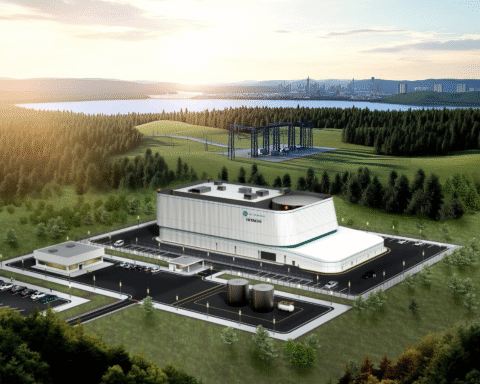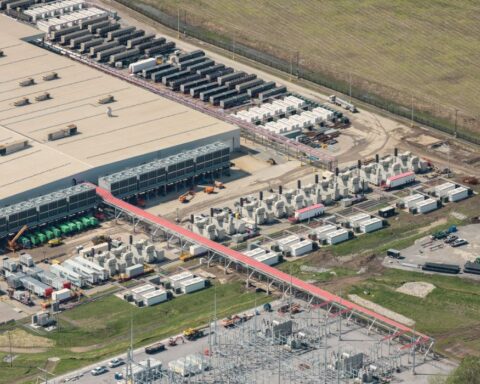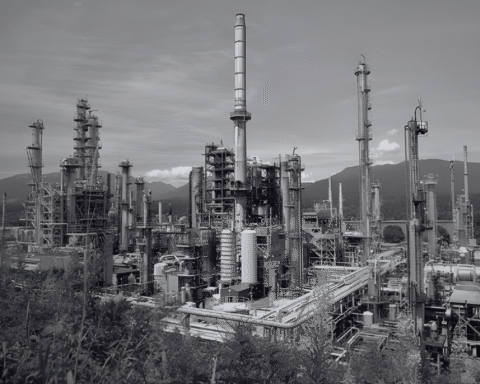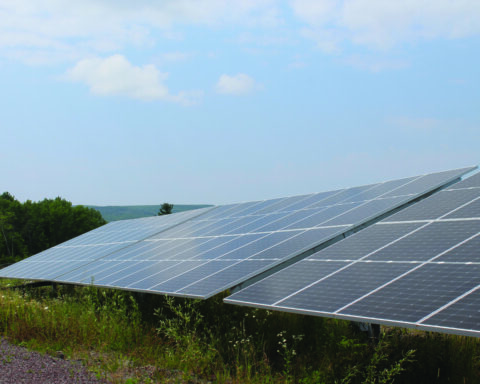The windswept Argentine Patagonia is expected to be the site of the first massive Latin American data centre to feed the voracious energy appetite of OpenAI and its ChatGPT users.
Days after OpenAI became the most valuable private company on the planet, a letter of intent was signed with a little-known Argentine firm called Sur Energy to develop all aspects of the $25-billion project.
“Sur Energy plans to ensure that the data-center ecosystem is powered by secure, efficient, and sustainable sources,” OpenAI said in a statement this week. The company said it “welcomes the potential opportunity to be an offtaker.” An offtake agreement – or a commitment to buy a portion of the energy produced – with OpenAI would help Sur Energy secure financing for the large-scale power facility.
“This milestone is about more than just infrastructure, it’s about putting AI into the hands of more people across Argentina,” added Sam Altman, the CEO of OpenAI, who praised the country’s programming prowess and said it was among the top Latin American countries for developers building on OpenAI tools. “We’re excited to work with Argentina as it builds toward becoming an AI hub for all of Latin America.”
The deal falls under the umbrella of Stargate, a company formed in the United States to shepherd $500 billion worth of investments to secure data capacity for OpenAI. Plans are in place for five U.S. sites – two in Texas, one in New Mexico, one in Ohio and another in an as yet undisclosed location in the Midwest – that together have the potential to generate nearly seven gigawatts of data-centre capacity over the next three years.
The five locations are expected to generate 25,000 onsite jobs and “tens of thousands of additional jobs across the U.S.,” OpenAI said. The company has said the jobs will range from short-term construction roles to full-time operational jobs, but the employment heft appears to be in the set-up phase. Bloomberg reported that Stargate’s first data centre, for example, was slated to create 57 permanent jobs.
OpenAI has development agreements for data centres in the United Kingdom, Norway, Japan and South Korea. The specifics of the Argentina data-centre proposal are not yet known, nor is it clear how many jobs will be created in Argentina, which is going through a volatile economic period as its currency falters. President Javier Milei’s government has implemented deep spending cuts to rein in public spending and offered new incentives for foreign investment, under which the new data centre is said to have landed.
OpenAI is operating full speed ahead in growth and energy usage. It launched in November 2022, and by July 2025, some 18 billion messages were being sent each week by 700 million users, according to a study that was co-authored by researchers at Harvard, Duke University and OpenAI. That represents about 10% of the global adult population. “For a new technology, this speed of global diffusion has no precedent,” the usage report’s authors noted. The study found that non-work messages have grown faster in the last year of study and now represent more than 70% of all messages sent.
Last month, OpenAI unveiled Sora 2, its latest video-generation model that is “more physically accurate, realistic and more controllable than prior systems.” Its test videos included a figure skater performing jumps with a cat on her head and a man doing backflips on a boogie board in a lake.
Sophisticated computing carries a high energy cost
A study this year found that AI use already represents 20% of data-centre consumption and is on track to double by the end of 2025. The International Energy Agency said data centres represented up to 1.5% of global electricity consumption in 2024. Various studies have shown that the energy required to answer even the simplest of queries uses a significant amount of water, which is used to cool the data centres working hard to create all the AI slop now filling the Internet.
The consumption levels are fast changing as the technology changes, and there are competing assessments, but the cumulative impact seems clear. Google, for example, reported that it consumed more than six billion gallons of water to cool all its data centres in 2023.
An investigation by The Washington Post published last year found that the amount of water required to cool the data-centre processing for a 100-word AI-composed email via ChatGPT4 was more than a 500ml bottle of water. Meanwhile, in a blog post earlier this year, Altman said that the average ChatGPT query uses about 0.000085 gallons of water, or “roughly one fifteenth of a teaspoon.”
With scant details available about what shape the data centre will take in Argentina, the discussion about what such a piece of infrastructure could mean has yet to coalesce.
Natalie Alcoba is a Buenos Aires–based journalist and senior editor at Corporate Knights.
The Weekly Roundup
Get all our stories in one place, every Wednesday at noon EST.







